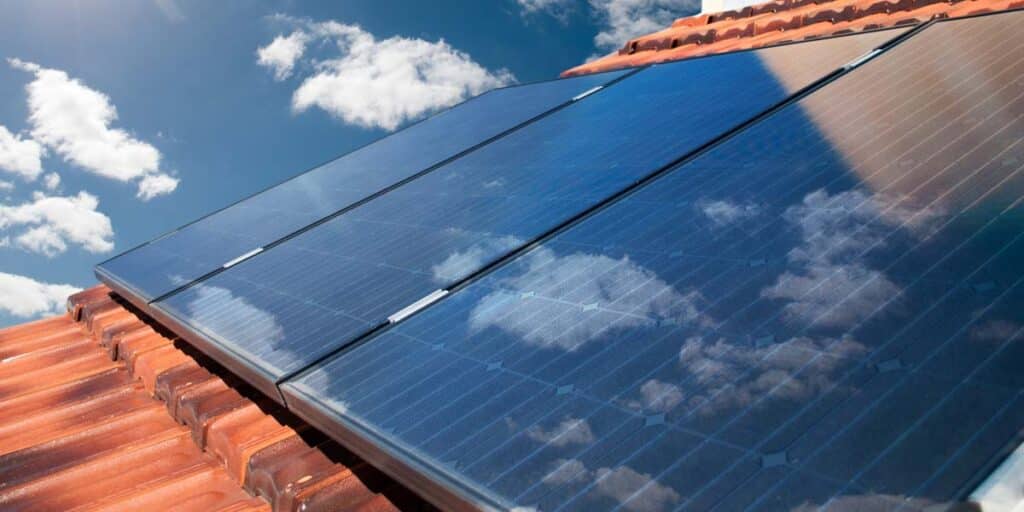Consumers have different financial ways to go when going solar! In general, a purchased solar system can be installed at a lower cost than a system leveraged by a solar loan, lease, or power purchase agreement (PPA). Actually, it depends on the customer’s comfort.

If the customer rather to buy his solar system, solar loans can definitely be helped by decreasing the up-front costs of the whole system. Most of the time, monthly loan payments are smaller than a typical energy bill, which will help you save money from the start.
If you’re wondering how the solar loan works, let me tell you it’s the same way as home improvement loans, and some jurisdictions will offer subsidized solar energy loans with below-market rates, so this makes solar even more attractive and affordable! New homeowners can add solar as part of their mortgage with loans available through the Federal Housing Administration, which allows borrowers to include financing for home improvements in the house’s final purchase price. Additionally, going solar makes you eligible for the Solar Investment Tax Credit (ITC). In December 2020, the US government approved an extension of the ITC, providing a 26% tax credit for solar systems installed in 2020-2022 and 22% for systems installed in 2023. According to Congress, the tax credit will expire starting in 2024 unless Congress renews it.
Another way to go solar is through solar leases, which allow consumers to host solar energy systems that are owned by solar companies and then purchase back the electricity generated. So consumers enter into agreements that allow them to have lower electricity bills without a monthly loan payment. With this option, consumers are not entitled to tax benefits since they don’t own the solar energy system.
Source: Office of Energy Efficiency and Renewable Energy
